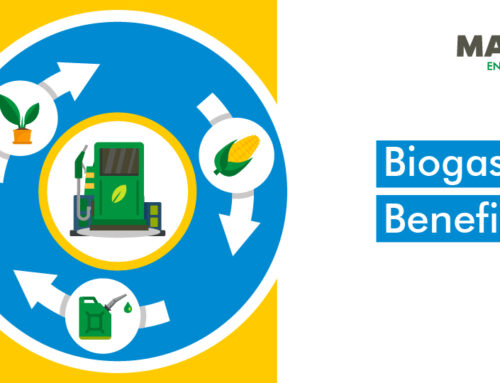Windrow Composting Techniques for Waste Reduction
Aerated windrow composting is ideal for large volumes of waste, typically generated by entire communities or cities and collected by the local governments or high volume food-processing businesses. This process yields a significant amount of compost that is available at a low cost, too.
The Windrow Method

The technique helps to convert large volumes of diverse wastes like liquids, animal by-products (fish and poultry waste), yard trimmings, grease, and more into compost.
The Processing

At Mailhem, we help convert waste into compost using windrow composting processes. During this method, materials that are under 100 mm are unloaded in the composting yard. Here, they undergo microbial culture. The windrows are formed every week and then mixed thoroughly to homogenize the materials with the help of excavators. The degraded material is vibro screened to produce fine quality compost, which is supplied to fertilizer companies, including RCF & Zuari, and local farmers as well.
Things we Keep in Mind for Composting
- Windrow composting needs large tracts of land and sturdy equipment to maintain and operate the facility. We pick and choose ideal spaces and ensure a continual supply of labour to keep the process running smoothly. We also often experiment with various materials, mixes and turning frequencies.
- In case of a warm climate, we can even cover the windrows under a shelter to prevent the water from evaporating. During the rainy season, we adjust the shapes of the pile to ensure the water runs off from the top of the pile rather than being absorbed into it.
- Leachate is a liquid that’s released in the composting process. Since it can contaminate the local groundwater and surface-water supply, it is always collected and treated at Mailhem plants.
- We understand that the odours released in this process need to be controlled and take all measures to avoid any issues of foul smells or animals around the plants.
Key Benefits of Windrow Composting
- Low-cost and low infrastructure setup process
- Makes a positive contribution to agriculture
- Reduces the amount of waste to be collected and disposed
- Ability to handle high volumes of various materials
- Excellent product stabilization
- Uses few resources and delivers a great by-product
- Ensures rapid drying with the elevated temperatures
- Easy to operate plants
With composting, we help in reducing kitchen waste and landfill waste for cities and communities. At Mailhem, we strongly believe that compositing is an excellent way to promote a sustainable future and hence, offer windrow composting processes to many clients across the country.



